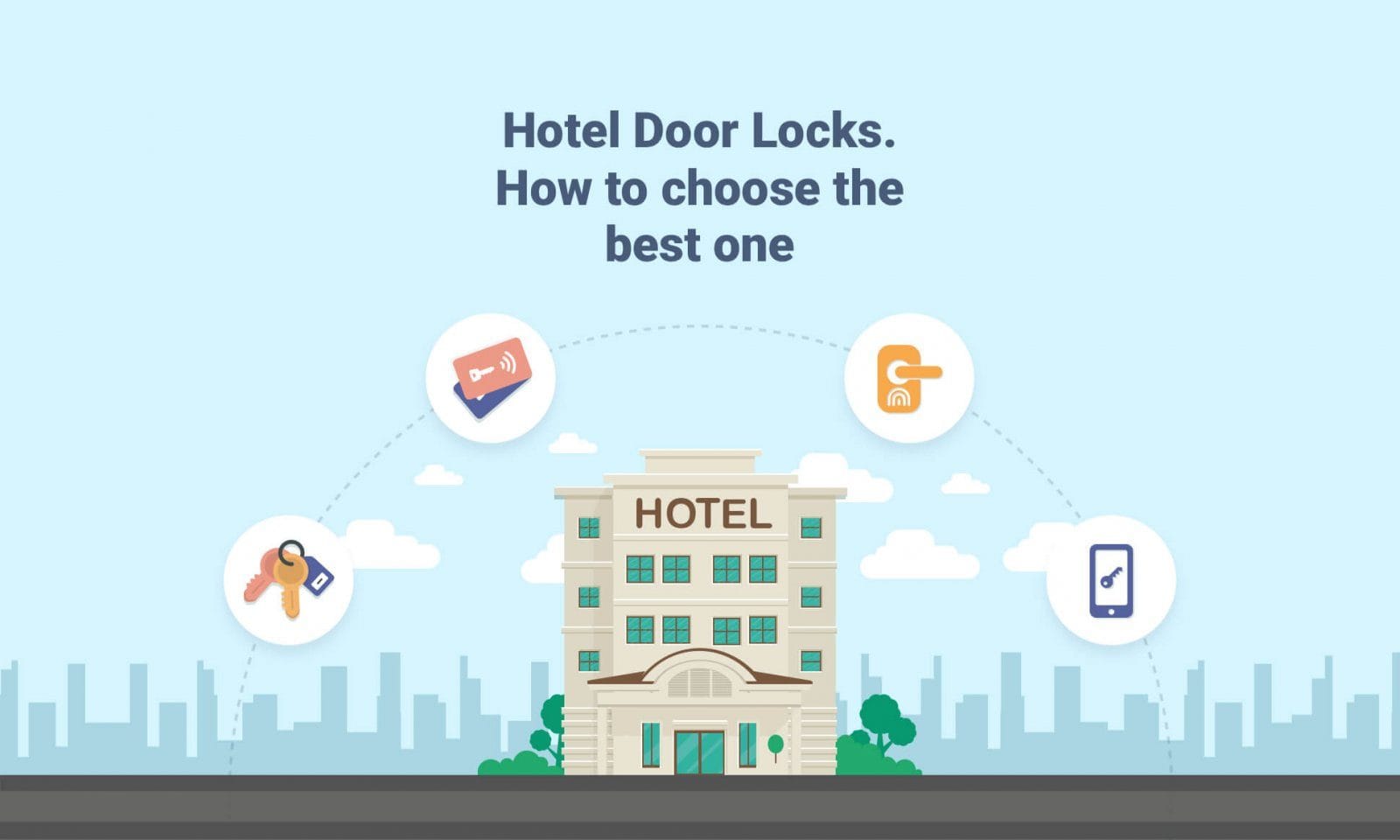Understanding biometric trigger locks is essential for firearm owners who prioritize safety and accessibility. These devices utilize advanced fingerprint recognition technology to secure firearms, offering a modern solution to traditional locking mechanisms while preventing unauthorized access. This article will provide a comprehensive overview of biometric trigger locks, including their definition, applications, benefits, usage instructions, common misconceptions, and relevant product recommendations from Be-tech.
Definition of Biometric Trigger Lock
A biometric trigger lock is a security device designed to prevent unauthorized access to firearms by requiring unique biometric data—most commonly a fingerprint—to unlock it. Unlike traditional locks that rely on keys or combinations, these devices analyze an individual’s fingerprint patterns, ensuring that only registered users can access the firearm quickly and safely. This technology enhances security while allowing for rapid access in critical situations.

Applications of Biometric Trigger Lock
Biometric trigger locks are utilized across various contexts:
- Firearm Security: Primarily used to secure handguns and rifles, preventing unauthorized use, especially in homes with children.
- Smart Lock Systems: Integrated into smart home security systems where quick access is necessary without compromising safety.
- Law Enforcement: Used by police personnel for rapid access to weapons while maintaining strict security protocols.
- Personal Safety Devices: Increasingly found in personal safety devices like smart safes and lockboxes that require biometric authentication.
Be-tech’s biometric locks exemplify these applications by incorporating advanced features like clipboard functionality for seamless data transfer during setup, enhancing user experience.
Benefits and Features
The advantages of using a biometric trigger lock include:
- Enhanced Security: Biometric locks are difficult to bypass compared to traditional locks. They require specific biometric data that is unique to each user.
- Quick Access: In emergency situations, time is crucial. Biometric locks allow for rapid unlocking—often in less than a second—by simply placing a registered finger on the scanner.
- No Keys or Combinations: Users do not need to worry about losing keys or forgetting combinations, which can be critical in high-pressure scenarios.
- User Capacity: Many biometric locks can store multiple fingerprints (up to 10), accommodating several authorized users without compromising security.
- Durability and Reliability: Modern biometric locks are designed to withstand environmental factors such as moisture and dirt, ensuring consistent performance over time.
Be-tech products exemplify these benefits with features like fast unlocking times and robust security measures that integrate smoothly with digital workflows.
How to Use Biometric Trigger Lock
Using a biometric trigger lock involves several straightforward steps:
- Initial Setup:
- Charge the device fully before use.
- Program your fingerprint by following the manufacturer’s instructions—typically involving placing your finger on the scanner multiple times until it registers successfully.
- Attaching the Lock:
- Securely attach the lock to the firearm’s trigger guard according to the provided guidelines.
- Unlocking:
- To unlock, simply place a registered finger on the scanner. The device should recognize your fingerprint and disengage within seconds.
- Maintenance Tips:
- Regularly check battery levels and clean the fingerprint sensor to ensure optimal performance.
- If issues arise (e.g., failure to unlock), consult the manual for troubleshooting tips or use any mechanical backup options provided.
Be-tech devices often enhance usability with features that simplify setup and maintenance processes.
Common Misconceptions
Several myths surround biometric trigger locks:
- Myth 1: Biometric Locks Are Foolproof: While they offer enhanced security, no system is entirely infallible. Factors like dirt or moisture can affect sensor performance.
- Myth 2: They Are Only for Tech-Savvy Users: Most biometric locks are designed for ease of use; anyone can learn to operate them with minimal instruction.
- Myth 3: Battery Failure Equals Inaccessibility: Many models include mechanical overrides or backup keys that allow access even if the battery dies.
Relevant Product Recommendations
When considering a biometric trigger lock, Be-tech offers several excellent options:
- Be-tech Smart Biometric Trigger Lock: Features advanced fingerprint recognition technology with quick access capabilities tailored for various firearms.
- Be-tech Biometric Safe Lock: Ideal for users needing additional storage solutions that integrate seamlessly with existing smart home systems.
These products not only enhance firearm safety but also streamline user experience through innovative design and functionality.
Conclusion
Understanding what a biometric trigger lock is and how it operates is crucial for responsible firearm ownership. These devices enhance safety while providing quick access when needed, making them an excellent choice for gun owners concerned about unauthorized use. By integrating Be-tech products into your security strategy, you can ensure both safety and convenience in managing your firearms. Explore further or engage with related topics to deepen your understanding of firearm safety technologies while considering Be-tech products as part of your security strategy.
For more information on advanced locking solutions and their benefits, visit Be-tech.









